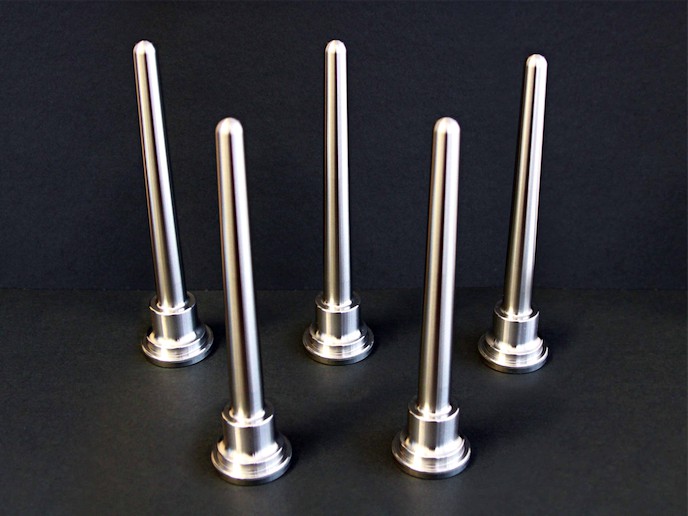Efficient and green chemical synthesis
Biaryl groups are created by connecting two circular chemical structures known as arenes, and are used in a wide range of pharmaceuticals, agrichemicals and electronics. Current methods use expensive reagents and have a high environmental impact due to waste products. The EU-funded 'Gold(I)-catalyzed decarboxylation in direct decarboxylative C-H arylation' (AUPDCHARYL) project aimed to find new methods to produce biaryl compounds that do not require expensive starting materials and produce fewer toxic waste products. The major finding from AUPDCHARYL was a proof-of-concept for a more sustainable method of biaryl production. This method uses gold atoms attached to the arene rings to catalyse the reaction. Spurred by this initial success, researchers began experimenting with different conditions and a wide range of starting materials. By the end of the project, scientists had made progress in minimising waste products by optimising the reaction conditions. AUPDCHARYL has taken steps towards a more efficient and environmentally friendly way to produce biaryl groups for chemical synthesis. This will have an immediate impact on research groups in the field, and a longer-term impact on the chemical manufacturing industry as a whole.







